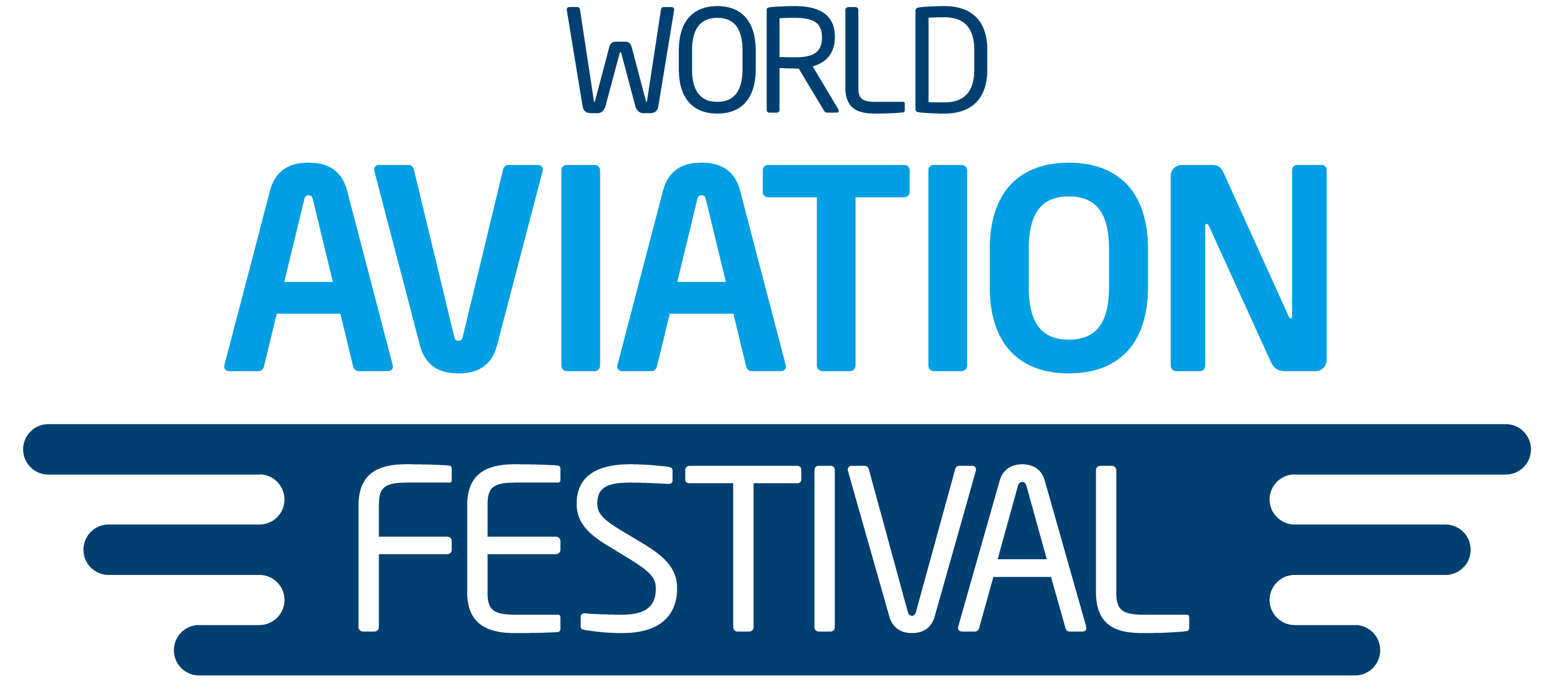Can low-cost-carriers squeeze more flights into their already packed schedules? Computer says yes.
Flight schedules are probably airlines’ most critical factor towards commercial success and for decades flight scheduling analysts have been tasked with the critical but challenging role of making sure they are profitable.
Arranging flight schedules is probably the most critical factor for determining if an airline thrives or flounders.
- Increasing aircraft utilization is the number one strategic goal of all the low-cost carrier CEOs with which we have spoken.
- Why? The airline industry is highly capital intensive and operates on razor thin profit margins. This is especially true for low-cost carriers (LCCs), for which the margin per available seat kilometer is only around 0.8 Euro cents, compared to 2.6 Euro cents full-service carriers; approximately 70% less.
- Abrupt changes in the broader operating environment can quickly make such economics untenable.
- This reality came into stark relief during the COVID-19 pandemic of 2020 and 2021, during which 63 airlines failed or restructured, including LCCs such as Norway’s Norwegian Air, the UK’s Flybe and South Africa’s Mango Airlines.
Maximizing airplane utilization by increasing the number of sectors (a flight leg between two points) an aircraft can serve over a given period is achieved through optimizing the flight schedule.
Not only does maximizing aircraft utilization drive top- line uplift, but it also yields improvements in bottom- line performance.
- Aircraft operating costs: Boeing has calculated how airlines can reduce aircraft related operating costs by increasing airplane utilization. A 5% reduction in aircraft related operating costs is achievable by increasing aircraft utilization by 20% when the average flight distance is 500 miles (800 kilometers) or less, which is a typical flight length for low-cost regional and domestic carriers.
- Cabin crew costs: Improving aircraft utilization can directly increase daily flight hours per crew member, and improvements in crew productivity can lead to significant improvements in operating costs. Prior to the pandemic, Lufthansa modelled a 0.20 Euro cents improvement on CASK for its Eurowings subsidiary between 2019-2022 by taking various steps to improve crew productivity, of which one lever was flight schedule optimization.

To read the full article click here.
Article by Optifly





